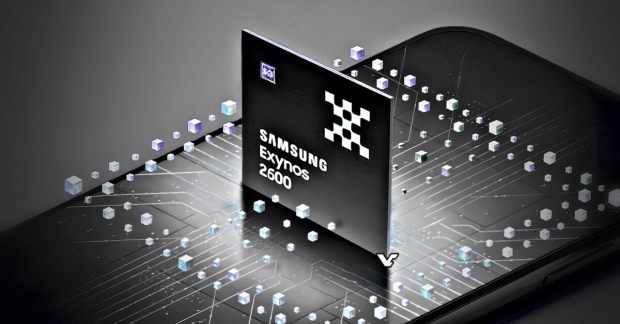The company’s third-quarter report claimed the first-generation gate-all-around process improved performance by five per cent, boosted power efficiency by eight per cent, and reduced area by five per cent compared with its 3-nanosecond generation. Until now, Samsung has been muttering that mass production would begin in the second half, so publishing actual numbers feels like a flex from a foundry division desperate to prove it can still land a punch.
The market is still ruled by TSMC, which accounted for about 70.2 per cent of global sales over the past two quarters, while Samsung clings on with 7.3 per cent. Demand from artificial intelligence has only strengthened TSMC’s grip thanks to stable yields. It's three nano lines hit full utilisation in the fifth quarter of mass production, and it locked in key customers such as the Fruity Cargo Cult Apple and Nvidia.
There is chatter that two nanometres could be the first real wobble in TSMC’s dominance. Both firms introduce gate all around at this node, although TSMC is technically arriving first while Samsung has been through this fire once at three nano. GAA reduces leakage and improves performance, which makes it the sort of transistor trick engineers usually drool over.
Price is set to become a bloodsport. TSMC reportedly plans to bump wafer prices by about ten to 20 per cent, which smells suspiciously like an attempt to cover the soaring costs of producing in the US.
Samsung is trying to tempt buyers with lower prices and a bit more flexibility, which seems to have worked nicely for Tesla. The carmaker split production of its AI5 chip between the two rivals and awarded Samsung a $16.5 billion supply deal for the full next-generation AI6 chip.
Samsung has already lined up a test for its skills. The Exynos 2600 will power the Galaxy S26 next year and is built on Samsung’s two-nano line. It is a proper in-house job from design through to fabrication, which means no one else will take the blame if the silicon faceplants. The foundry division’s credibility rides on this thing not blowing up.
Yields remain the grim reality check. Mass production typically demands a yield of more than 60 per cent. TSMC is thought to be cruising at about 80 per cent on 2 nm. Samsung is hovering between 50-60 per cent, which is progress but still not enough to make its rivals sweat.

